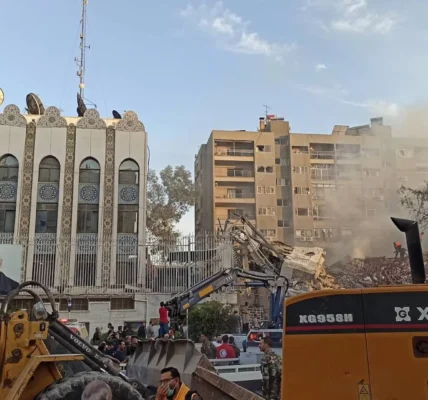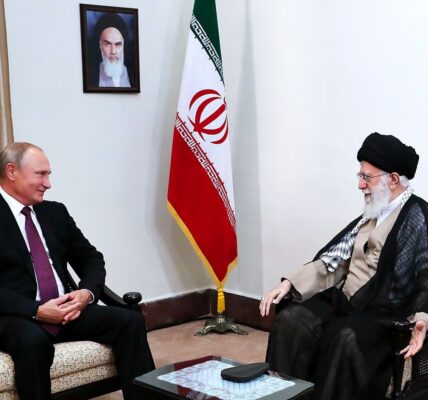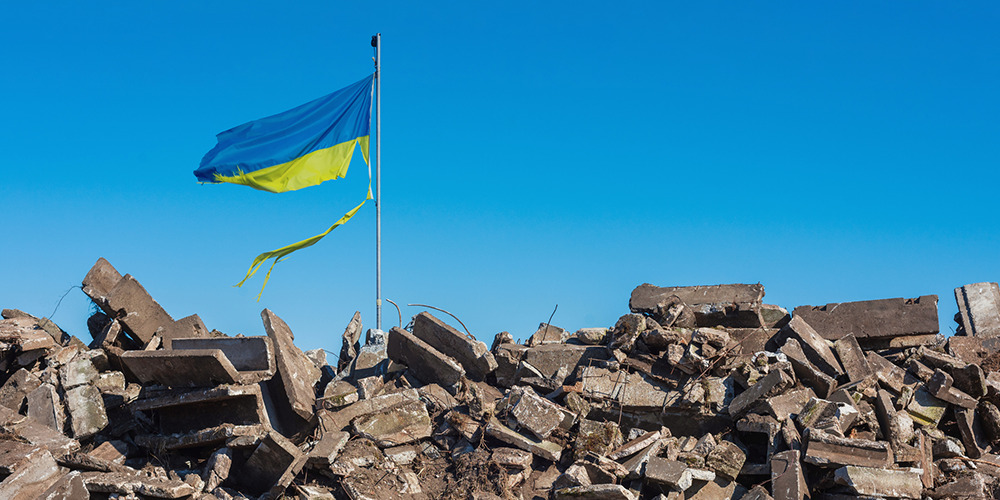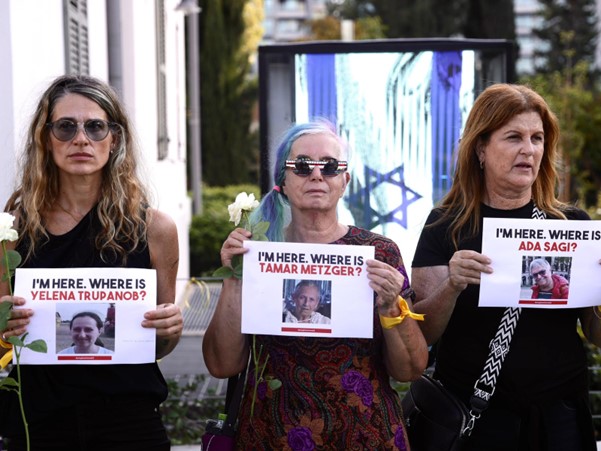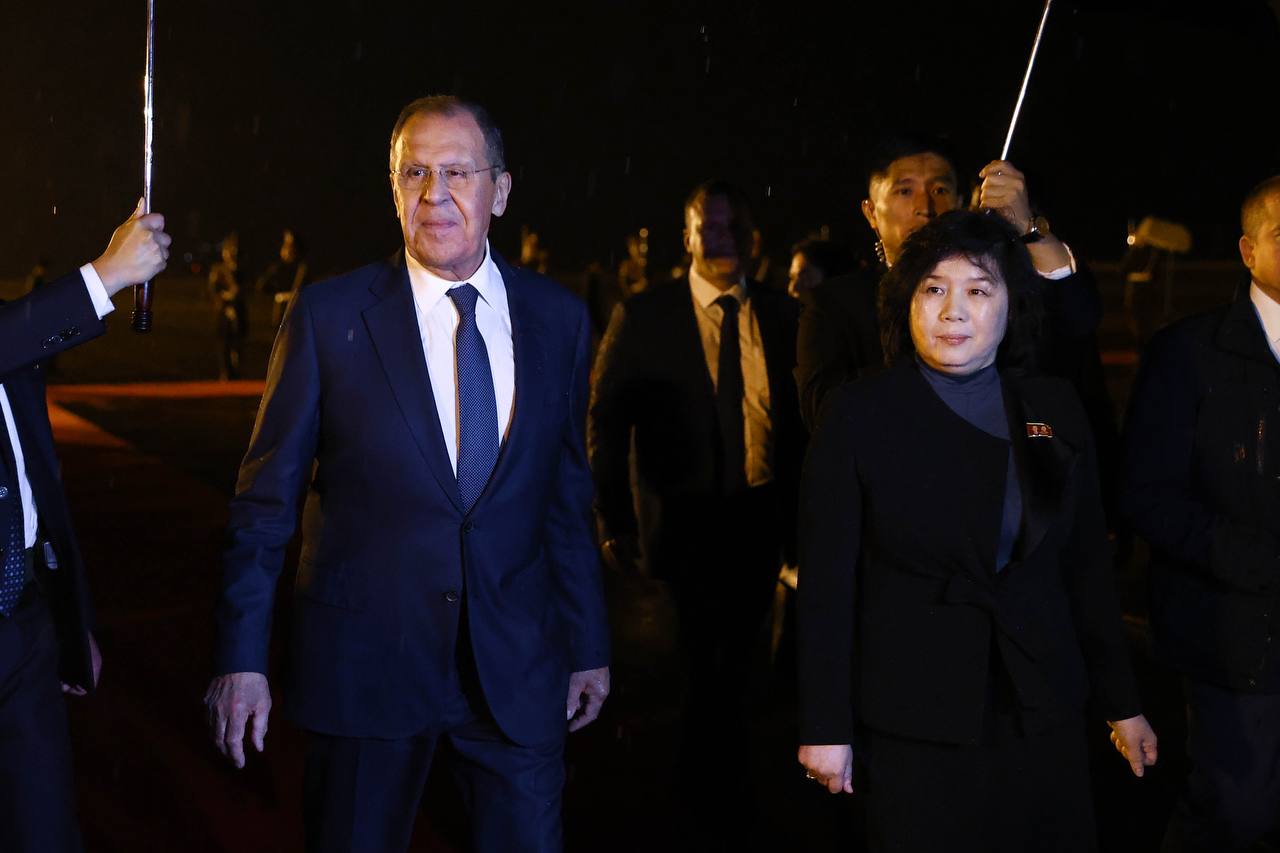The US has developed plans to conduct air strikes against Iran’s nuclear facilities if talks fail

Washington has developed war plans for a strike against Iran’s nuclear facilities, a former US military chief has disclosed.
General David Petraeus, the former commander of US Central Command, said the US was ready to strike at the heart of Iran’s nuclear programs if the Islamic Republic failed to reach a deal with President Trump.
Gen. Petraeus also said that any potential US airstrike would target not only Iran’s nuclear facilities but also its air defense and missile capabilities, in a bid to prevent possible retaliation.
He spoke ahead of President Donald Trump’s announcement that the US would hold “direct talks” over a possible new nuclear deal on Saturday.
Hours after the surprise announcement, Iran’s foreign minister said the talks in Oman would be “indirect” but could be “as much an opportunity as… a test.”
Speaking in the Oval Office on Monday, Trump said: “We’re having direct talks with Iran and they’ve started — it’ll go on Saturday. We have a very big meeting and we’ll see what can happen.

“I think everybody agrees that doing a deal would be preferable to doing the obvious. And the obvious is not something that I want to be involved with — or, frankly, that Israel wants to be involved with — if they can avoid it.
“But it’s getting to be very dangerous territory, and hopefully those talks will be successful.”
The US military has in recent days deployed long-range bombers to a strategic Indian Ocean airbase amid escalating tensions with Tehran — a move that presaged major bombing campaigns against Afghanistan in 2001 and Iraq in 2003.

In an interview with Iran International, former CENTCOM commander and CIA chief David Petraeus described the deployment as a step toward preparing for military action against Iran if it failed to reach a deal with the Trump administration over its disputed nuclear program.

“They are also steps to show that we are very serious and that you should not do this, and therefore trying to deter Iran from doing what would be unacceptable and would force the United States to take action,” he said.
Petraeus said he actually developed the plan to destroy Iran’s nuclear program over 15 years ago when he was commander of US Central Command.
“It’s publicly known that we actually rehearsed that plan one time inside the United States — with all the planes flying the distances they would have to fly, the refuelers, all the command and control, the jammers, the munitions we would drop, and so forth. And it all worked.
“We were prepared, at one time, to set the theatre — in other words, to identify all the locations from which the planes would fly, where they would be based. The munitions were in place, the food, fuel, water, etc. All was set. We thought there was a likelihood of this. We told the White House we probably should get more prepared than we were.”
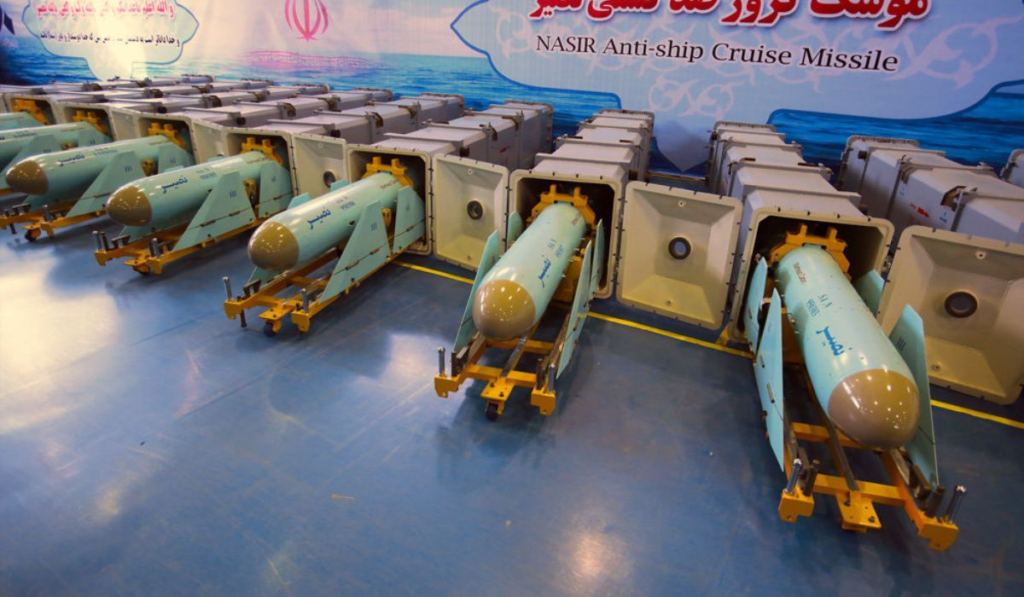
Petraeus said Iran currently “does have more effective, more elaborate air and ballistic missile defenses” than in the past. However, he noted, “Israel penetrated them twice, showing that that can be done.”
He added: “There’s great concern about how close Iran is to the possibility of having a nuclear weapon. They’re literally just one turn of the enrichment process from having weapons-grade uranium. That is something that President Trump has said he will never allow the Iranians to have.”
Trump has warned Iran it would be bombed if it did not agree to a new nuclear deal — prompting Iran’s Supreme Leader, Ali Khamenei, to state last week that the Islamic Republic would deal a “strong blow” in retaliation for any attack.
Iran has threatened to target American interests in the region, including its strategic Diego Garcia naval base in the Indian Ocean, if it is attacked by the US.
However, Petraeus says Trump would not stop at a limited attack on the nuclear sites and would also go after the Islamic Republic’s air defense and missile capabilities.
“You probably have to take out some of the retaliatory capacity of Iran as well, because you don’t want to just take out the nuclear program and then have them go after the bases where we have forces — and that would then bring in all these other countries, of course,” he said.
“This is not just a surgical attack on discrete nuclear capabilities. This is against the retaliatory capabilities, against the defense capability — and that’s what has to be done if you’re going to carry out this operation.”
Last October, Israeli air strikes against Iran’s military sites knocked out the country’s last three Russian-provided S-300 air defense missile systems, leaving the country “naked,” Fox News reported, citing US and Israeli officials.
The surface-to-air S-300s were the last in the Islamic Republic’s arsenal, after one was destroyed in an attack in April 2024 — also likely carried out by Israel — Fox News quoted a senior US official as saying.
Still, Petraeus says Iran has “more retaliatory capability in terms of missiles and so forth, even though Israel dramatically reduced the ability of Iran to make solid-fuel rocket engines from several per day to one or two per week.”
The former CENTCOM commander said the US military has bombs like the 30,000-pound GBU-57 — aka the Massive Ordnance Penetrator (MOP) — that “is very accurate and can penetrate very hardened targets.”
“It would be used against the most deeply buried hardened targets… you can imagine which target that might be,” he said, adding that the use of such bunker busters is “not just possible but would be necessary” in a potential strike against Iran.
Iran’s most secretive nuclear facility, known as Fordow, has been carved deep into a mountain in central Iran and is reportedly some 90 meters (295 feet) underground. It is also protected by several feet of reinforced concrete.


